Lived, unknown, existing, fictitious, nameless places given over to colour and imagination. They are places animated by a calm swaying, back and forth, before and after, rise and fall of an immaterial existence. “It is as if no one had ever passed by. It is as if we never existed. If there is a place, in the world, where you can think of being nothing, that place is here.”[1] This is how Alessandro Baricco romanticizes his place, the sea, the same one that the artist paints on the canvas.
A Nameless Place is the exhibition that features the ancestral landscapes by Alessandro Saturno – a Neapolitan artist born in ‘83 – which has been inserted for the first time in the Baroque context of the Church of San Giuseppe delle Scalze for a site specific project in which the alternation of the earthy colours of the structure and the soft colours of the paintings highlight the marine element, which is dear to the Neapolitan culture.
Saturno’s art relies on the vibration of colours, on what they can convey by varying their hue. They are pastel and feeble colours, spread in overlapping veils to suggest a depth of surface in which each plane carries within itself a suggestion. Oil alternates itself with acrylic in a mix of opacity and sheen which, for this exhibition, graces those same grandeurs that the sea gives.
The artist is a landscape painter, a romantic, a novelist, who tells what he sees in his imagination transported by experience and knowledge, culture and belonging. His gaze turns towards a horizon that does not exist, towards distant lands that for certain details can recall familiarity and intimate memories. Each image realized in this way is broken at its lower or upper extreme by a monochromatic wash of colour: the neat break does not alter the chromatic nature of the work, in fact it enhances the material of which it is made, it elevates the perceptive intellect, as in a transcendence made by Spalletti.
Within the deconsecrated Baroque church at Pontecorvo, Naples, Saturno, guided by curator Leonardo Regano, plays with the space by placing all the works on display at the centre of the room, in niches and other places that are not clearly visible because they are to be discovered during the visit.
Three wooden structures, which resemble scaffolding and recall the wooden trusses of the ceiling, support just as many paintings in the heart of the central nave. It is no coincidence that their colour is similar to that of the paintings: the idea is to extend the image outside its outline, in a mutual confluence of reality and utopia. In the large niches of the two side chapels there are two works on paper entitled Costruire orizzonte. The relationship between them and the architectural scores of the space strikes the spectator’s gaze, inviting him to stop and linger. The tones of blu predominate and are clearly divided in their range by sutures that the artist uses to deliver a vision through an ideal window of the marine horizon.
The installation work, that Alessandro Saturno presents, completes the idea of a dualism between what is visible and what is perceptible, an investigation and contemplation in communion between the sacred and the profane of the place that receives him, and between the beginning and the end of his pictorial sign. His non-place becomes an anthropological and cultural place, to be discovered and connected to memory, history and time.
The exhibition is accompanied by a discographic project presented with a live performance by the artist himself on 5 November: the vinyl created are also instruments for investigating those nameless places where even sound must be listened to as a quiet swaying of the sea.
Massimiliano Bastardo
Info:
Alessandro Saturno, A Nameless Place
curated by di Leonardo Regano
22/10/22 – 6/11/22
Chiesa di San Giuseppe delle Scalze
Salita Pontecorvo 65, Napoli
lescalze.org
[1] A. Baricco, Oceano Mare, p.44.
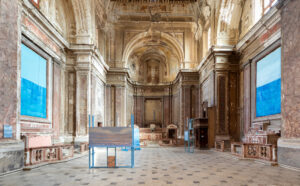 Alessandro Saturno, A Nameless Place, exhibition view, Chiesa di San Giuseppe delle Scalze, Naples, 2022. Ph. Danilo Donzelli, courtesy the artist
Alessandro Saturno, A Nameless Place, exhibition view, Chiesa di San Giuseppe delle Scalze, Naples, 2022. Ph. Danilo Donzelli, courtesy the artist
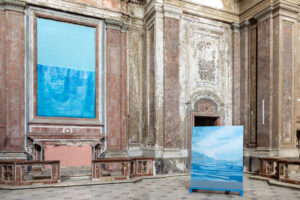 Alessandro Saturno, A Nameless Place, exhibition view, Chiesa di San Giuseppe delle Scalze, Naples, 2022. Ph. Danilo Donzelli, courtesy the artist
Alessandro Saturno, A Nameless Place, exhibition view, Chiesa di San Giuseppe delle Scalze, Naples, 2022. Ph. Danilo Donzelli, courtesy the artist
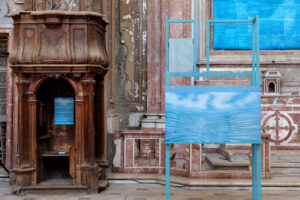 Alessandro Saturno, A Nameless Place, exhibition view, Chiesa di San Giuseppe delle Scalze, Naples, 2022. Ph. Danilo Donzelli, courtesy the artist
Alessandro Saturno, A Nameless Place, exhibition view, Chiesa di San Giuseppe delle Scalze, Naples, 2022. Ph. Danilo Donzelli, courtesy the artist
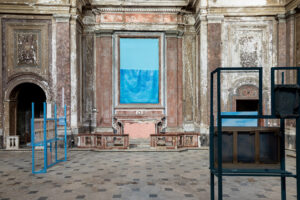 Alessandro Saturno, A Nameless Place, exhibition view, Chiesa di San Giuseppe delle Scalze, Naples, 2022. Ph. Danilo Donzelli, courtesy the artist
Alessandro Saturno, A Nameless Place, exhibition view, Chiesa di San Giuseppe delle Scalze, Naples, 2022. Ph. Danilo Donzelli, courtesy the artist
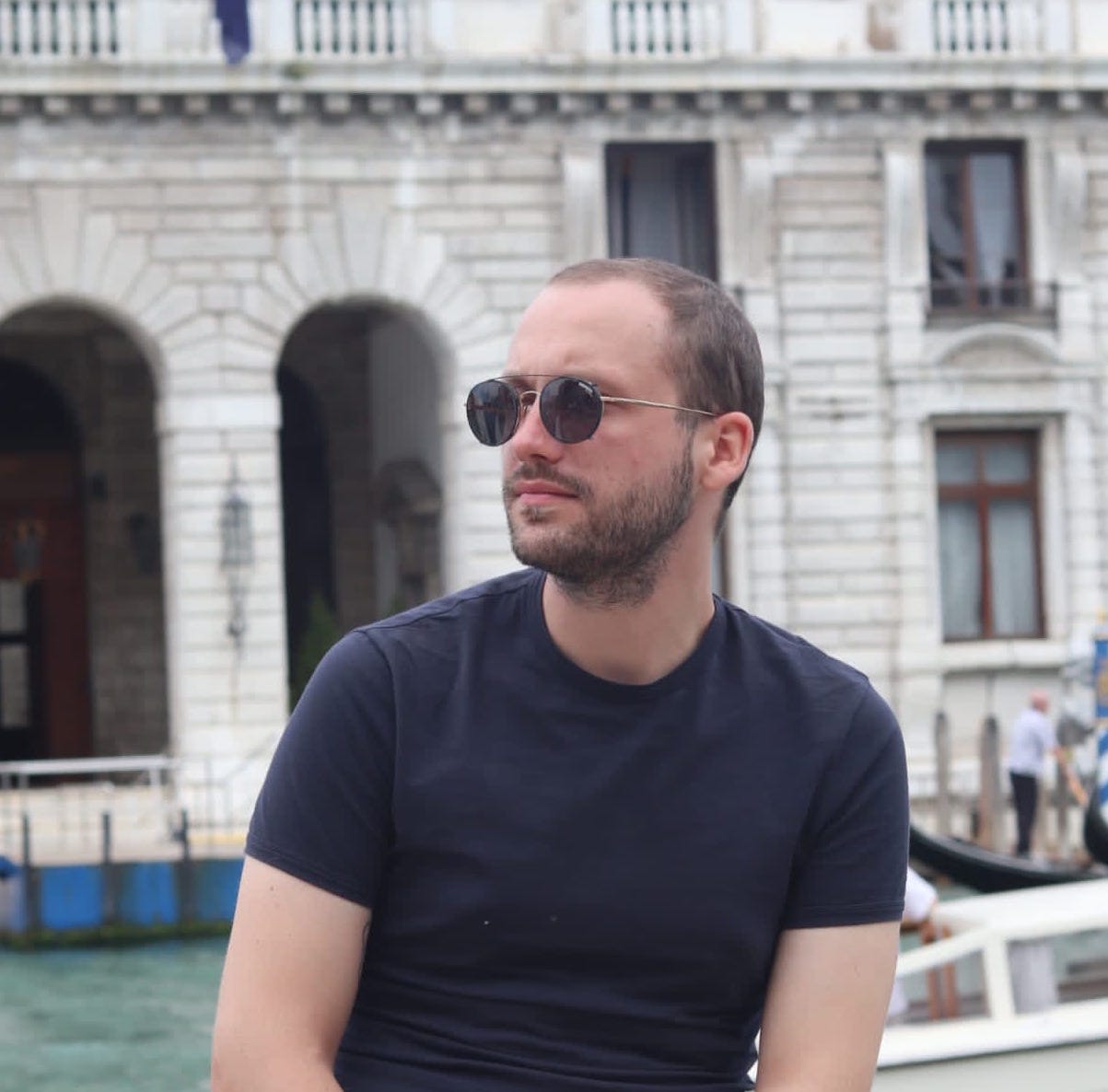
Art Curator and Art Advisor, graduated in Visual Arts and Cultural Mediation, with Master in Curatorial Practices, born in 1995, lives in Naples. He collaborates with Galleries and Independent Spaces, his research is mainly focused on Emerging Painting, with a careful and inclined gaze also on other forms of aesthetic language.






NO COMMENT